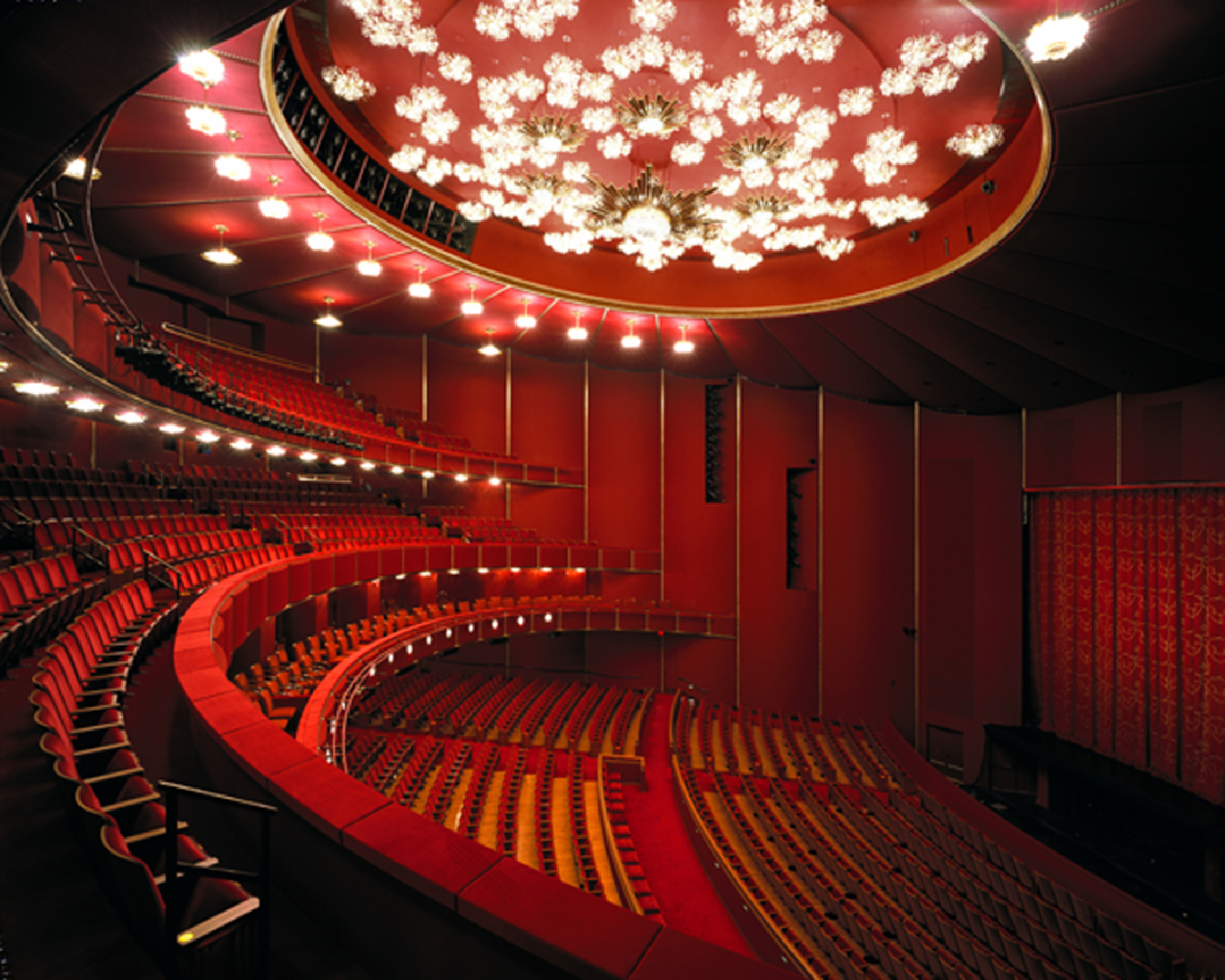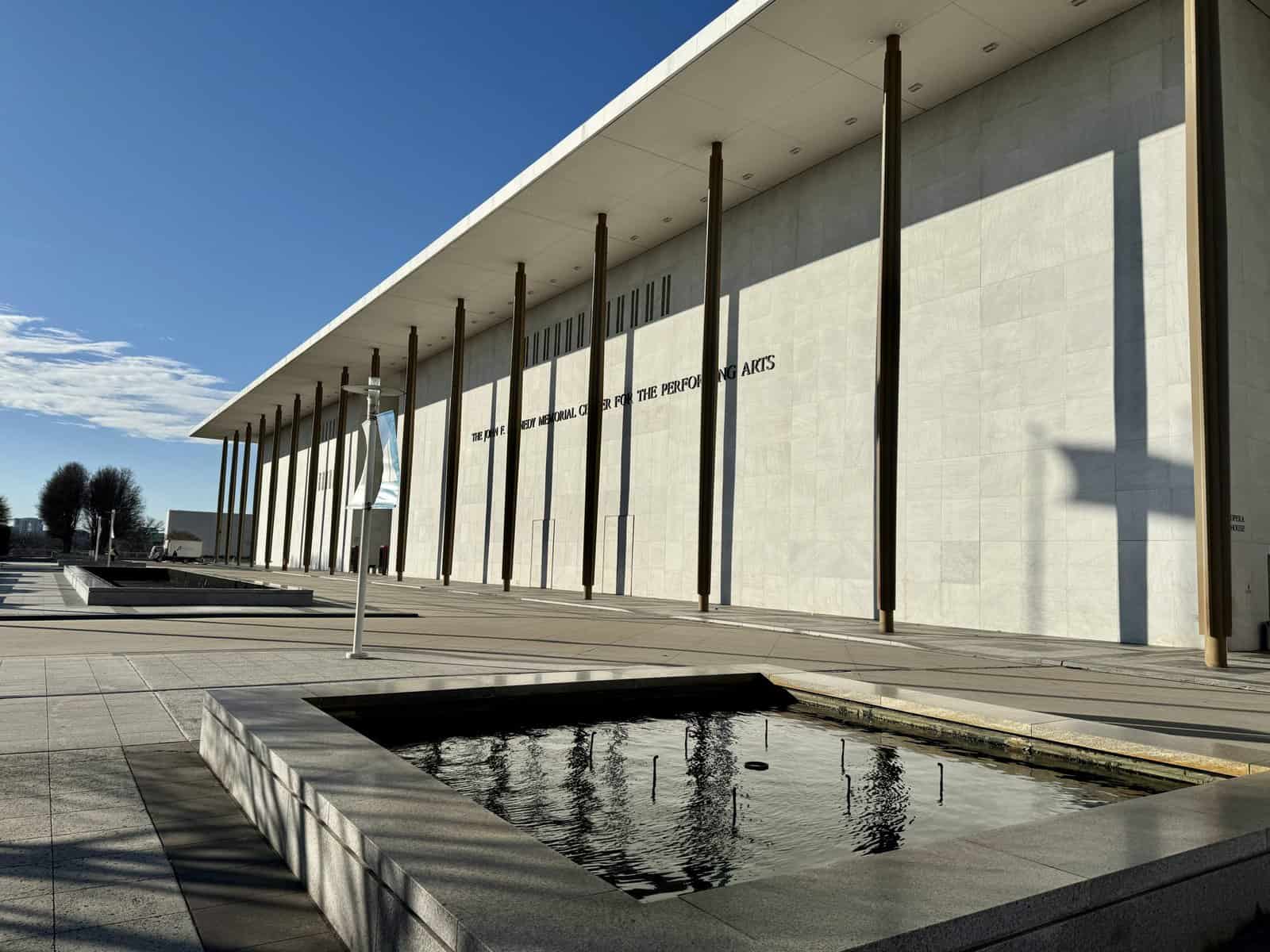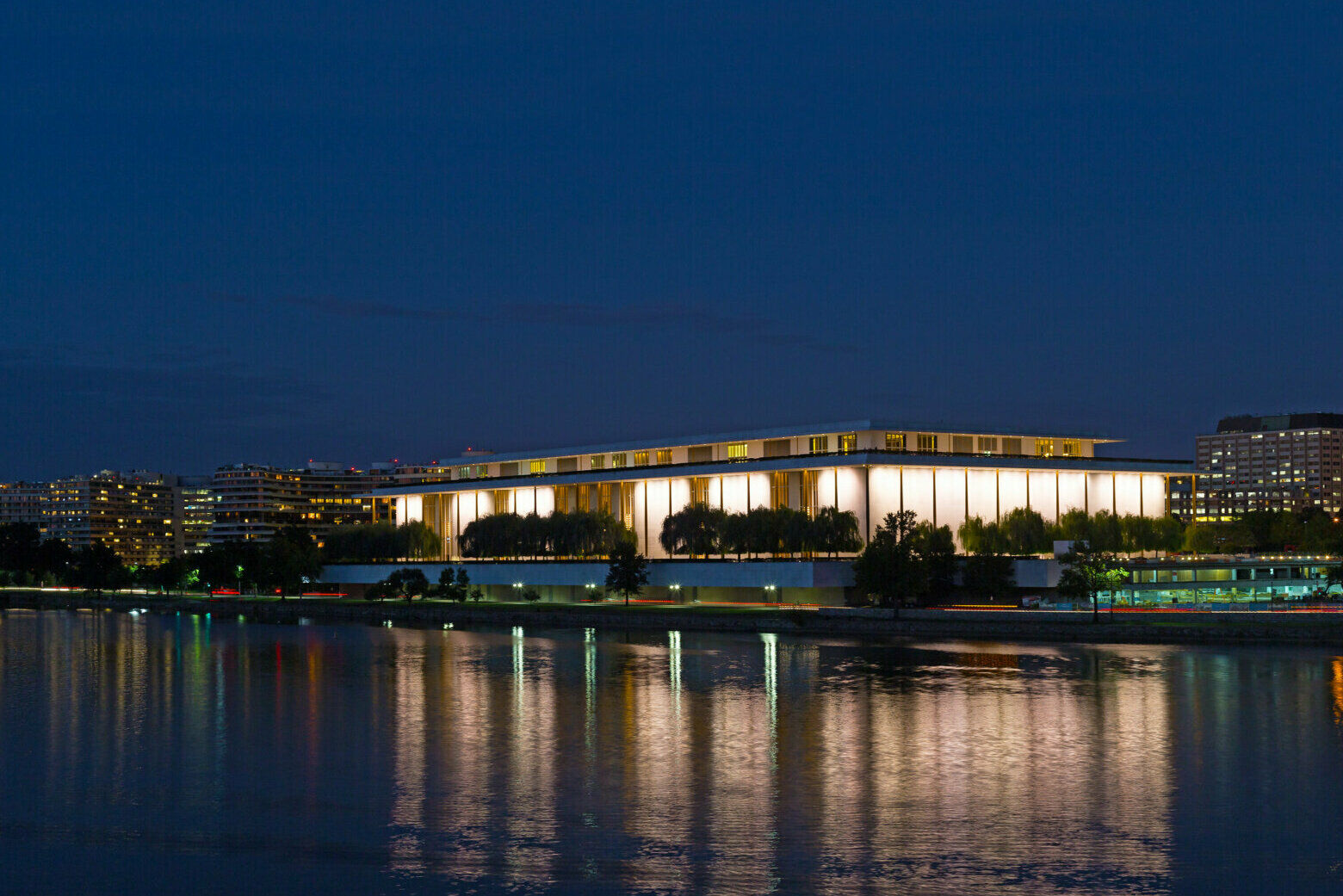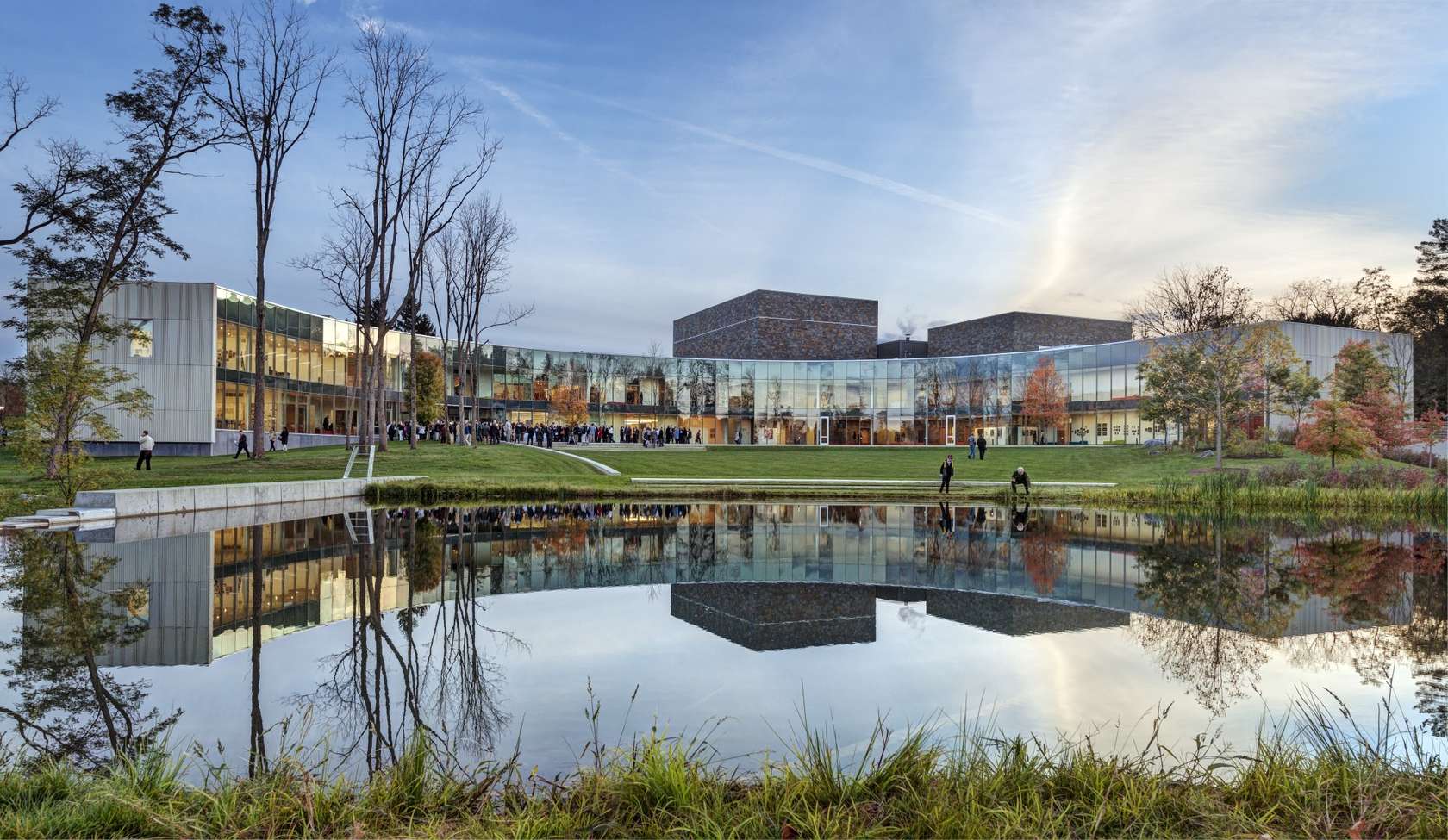
The John F. Kennedy Center for the Performing Arts, commonly referred to as the Kennedy Center, is a prestigious cultural institution located in Washington, D.C. It serves as the national cultural center of the United States, providing a platform for various art forms, including theater, dance, music, and more. The center is named after the 35th President of the United States, John F. Kennedy, who was a strong advocate for the arts. In this article, we will delve into the history and significance of the Kennedy Center, as well as explore the possibility of a presidential appointment, specifically whether Donald Trump can make himself chairman.
History and Significance of the Kennedy Center
The Kennedy Center was established in 1971, with a mission to provide a vibrant cultural experience for the American people. The center is home to nine world-class performing arts companies, including the National Symphony Orchestra, the Washington National Opera, and the Suzanne Farrell Ballet. It also hosts various educational programs, aiming to promote arts education and accessibility. The Kennedy Center has become a symbol of American culture and a hub for artistic expression, attracting millions of visitors each year.
Governance Structure of the Kennedy Center
The Kennedy Center is a public-private partnership, with a board of trustees responsible for its governance. The board consists of 36 members, including the Secretary of Health and Human Services, the Librarian of Congress, and the Secretary of Education, as well as 26 members appointed by the President and confirmed by the Senate. The chairman of the board is also appointed by the President and serves a six-year term.
Can Trump Make Himself Chairman of the Kennedy Center?
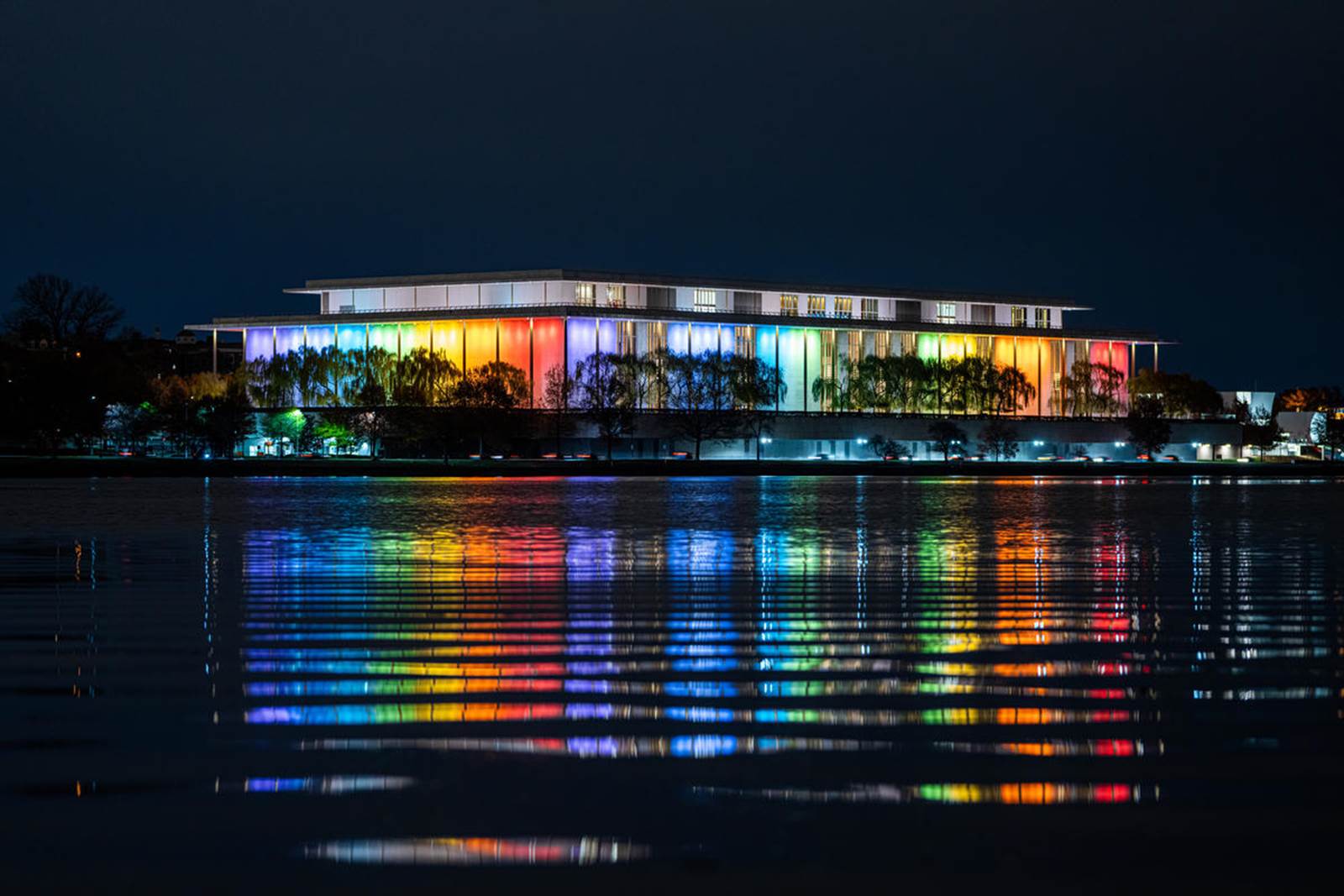
While it is theoretically possible for a President to appoint themselves as chairman of the Kennedy Center, it is highly unlikely and would likely face significant opposition. The Kennedy Center's governance structure is designed to ensure a balance of power and representation from various stakeholders, including the government, the arts community, and the private sector. The chairman of the board is typically a respected figure in the arts or a prominent public figure, rather than a sitting President.
Furthermore, the Kennedy Center's charter and bylaws do not provide for a President to serve as chairman. The chairman is responsible for overseeing the center's operations, fundraising, and strategic planning, which would create a conflict of interest if a sitting President were to hold the position. Additionally, the Kennedy Center's independence and autonomy are essential to its mission, and having a President as chairman could compromise its ability to operate freely.
The Kennedy Center is a vital cultural institution that plays a significant role in promoting the arts and American culture. While a President can appoint members to the board of trustees, it is unlikely that they can make themselves chairman. The governance structure and charter of the Kennedy Center are designed to ensure its independence and autonomy, and any attempt to appoint a sitting President as chairman would likely face significant opposition. As a cultural institution, the Kennedy Center should remain free from political influence, allowing it to continue its mission of providing a vibrant cultural experience for the American people.
In conclusion, the Kennedy Center is a national treasure that deserves to be protected and preserved. Its significance extends beyond the world of arts and culture, representing American values and creativity. As we move forward, it is essential to ensure that the Kennedy Center remains a symbol of excellence and artistic expression, free from political influence and manipulation.


